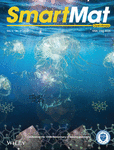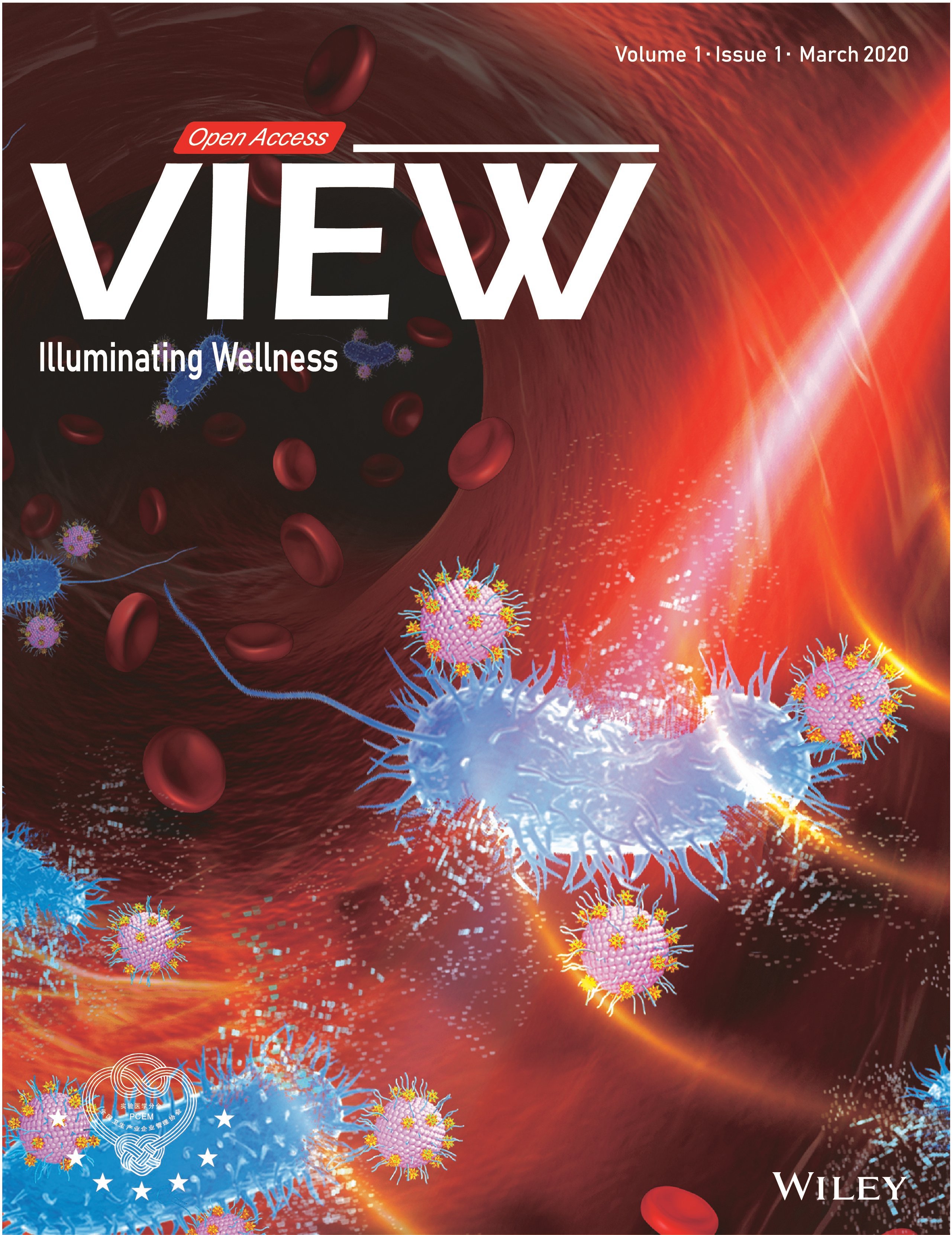Journal list menu
Export Citations
Download PDFs
COVER IMAGE
Outside Front Cover: Volume 4 Issue 3
- First Published: 20 June 2023

Outside front cover image: Electrodes have the most significant influence on the electrochemical properties of supercapacitors, which can accommodate reversible adsorption/desorption or electrochemical reactions. In this work, we designed an ASC device, which was fabricated by two isostructural Co/Fe-MOF derivative electrodes. The electrochemical performances of Co/Fe-MOF derivatives are matched well, and underlying causes consist in the isostructural derivatives advantages like similar structures, ample redox reaction sites and comparatively large BET surface areas, which can benefit the transportation and diffusion of ions/electrons between two electrodes. This ASC device realizes brilliant electrochemical performance verified by lighting a series of red LEDs and great specific energy density and power density (47 W h/kg and 1658 W/kg). These results intensely verified that the method of obtaining positive and negative electrode materials from two isostructural MOFs is a pregnant way to get well-matched positive-negative electrode pairs and maximize the electrochemical properties of ASC devices. (DOI: https://doi.org/10.1002/smm2.1159)
Outside Back Cover: Volume 4 Issue 3
- First Published: 20 June 2023
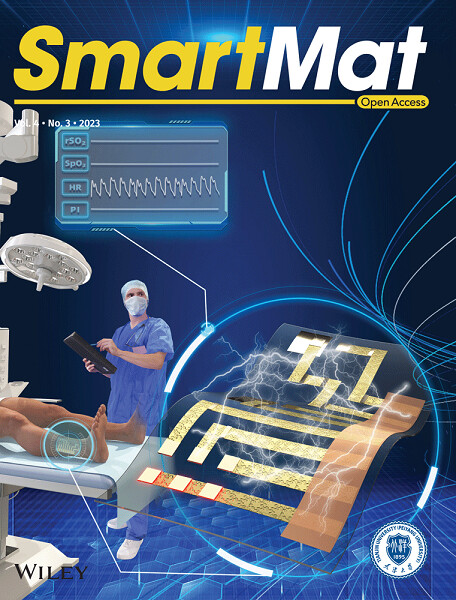
Outside back cover image: On-skin devices that track multi-vital regional tissue hemodynamics are essential for the long-term monitoring of oxygen-mediated effects in patients with cardiovascular diseases. This study presents an ultrathin and ultralight near-infrared optoelectronic biosensor for continuous monitoring of regional tissue hemodynamics lesions caused by the peripheral arterial disease (PAD). The biosensor is capable of efficiently detecting multiple vital parameters and accurately evaluating changes in tissue hemodynamics of patients. The clinical experiments are highly correlated with the results of traditional diagnose methods, such as ankle brachial index (ABI) and computerized tomography angiography (CTA). We especially highlight the capability of the device to correct false positive results of ABI for patients with arteriosclerosis or low lesion planes. The proposed device compensates for the limitations of bulkiness and misdiagnosis in current clinical methods during the perioperational period. (DOI: https://doi.org/10.1002/smm2.1157)
ISSUE INFORMATION
COMMENT
Chemical vapor deposition for few-layer two-dimensional materials
- First Published: 23 January 2023
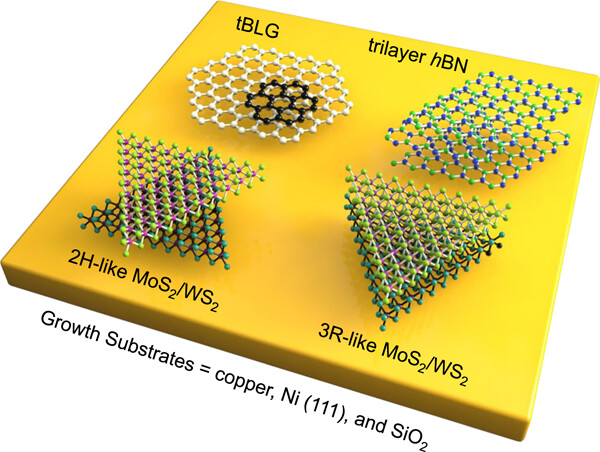
Chemical vapor deposition approach offers a controllable strategy for preparing large-area and high-quality few-layer (mainly bilayer or trilayer) twisted or untwisted two-dimensional (2D) materials, and is predicted to boost the development of 2D materials from laboratory research to industrial applications.
Implantable and biodegradable closed-loop devices for autonomous electrotherapy
- First Published: 16 January 2023
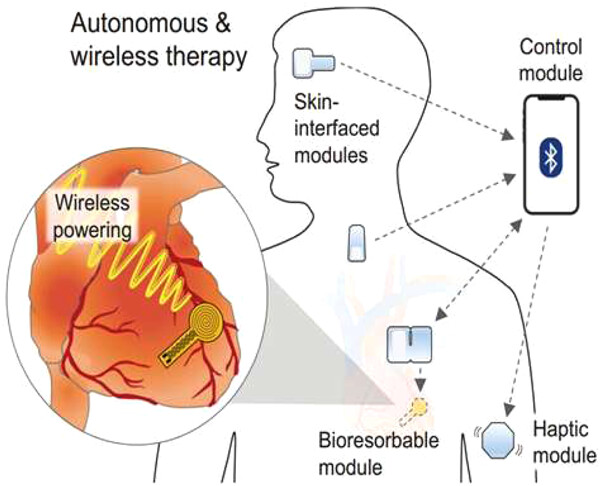
Implantable electronic devices are used to treat chronic diseases by monitoring physiological responses in vivo. However, traditional pacemakers exist a serious risk of complications. Recently, Rogers's group developed a biodegradable, closed-loop sensor-actuator system for cardiac rhythm monitoring.
REVIEWS
The shapes of synthesized two-dimensional materials
- First Published: 20 October 2022
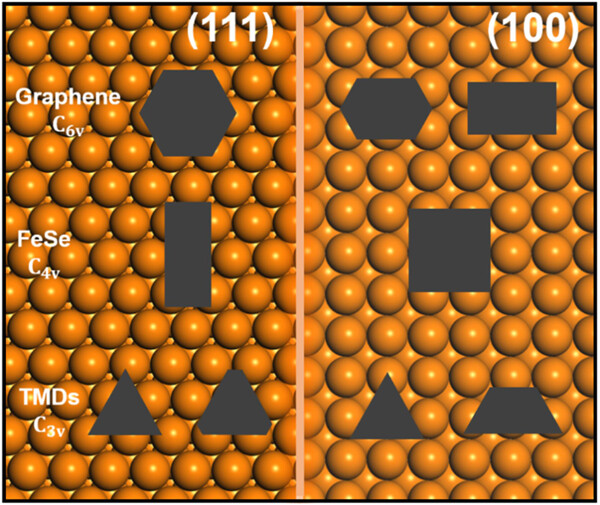
Controllable synthesis of 2D materials is important for their applications and understand the formation mechanism critical for controllable materials synthesis. Here, we summarize the experimentally observed shapes of various 2D materials and formation mechanisms behind. This review provides a guidance for the audience to understand the thermodynamics and kinetics of 2D materials growth and apply the mechanisms in controllable synthesis.
Dynamic polymeric materials based on reversible B–O bonds with dative boron–nitrogen coordination
- First Published: 21 February 2023

This review not only summarizes the influence of B–N coordination chemistry on dynamic B–O bonds but also highlights the development of dynamic materials based on reversible B–O bonds with dative B–N coordination interactions as well as discusses the challenges in the advancement of dynamic polymeric materials based on this interesting dynamic bonds.
RESEARCH ARTICLES
Novel isostructural iron-series-MOF calcined derivatives as positive and negative electrodes: A new strategy to obtain matched electrodes in a supercapacitor device
- First Published: 31 December 2022
Assessing comparable bioconcentration potentials for nanoparticles in aquatic organisms via combined utilization of machine learning and toxicokinetic models
- First Published: 07 November 2022
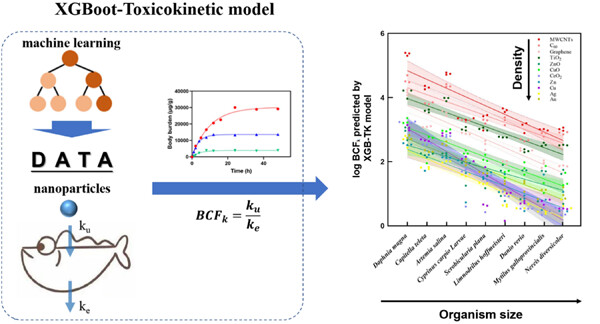
The machine learning model was successfully applied to offer reliable in silico body-burden data for a broad range of metallic or carbonaceous nanoparticles, enabling the operation of the toxicokinetic model to derive a comparable bioconcentration factor (BCF) index to estimate the bioaccumulation potential of nanoparticles. BCF values of nanoparticles showed a negative correlation with the density or organism size of nanoparticles.
Multi-vital on-skin optoelectronic biosensor for assessing regional tissue hemodynamics
- First Published: 07 November 2022
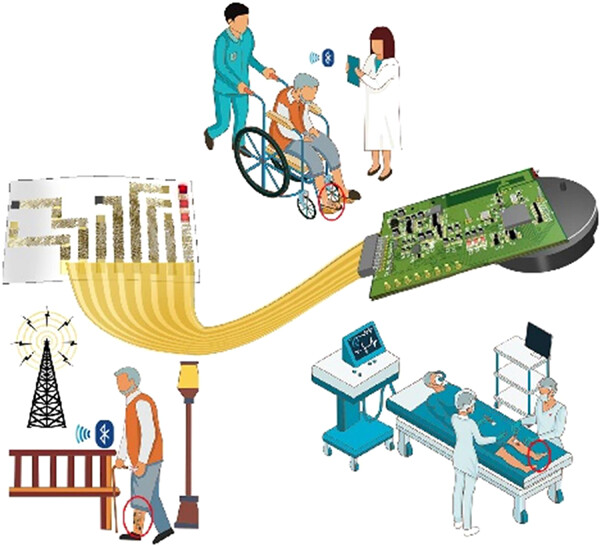
We report on an easy to assemble, economical, and portable near-infrared optoelectronic biosensor that features ultrathin, ultralight, and multi-vital, for monitoring of mixed arteriovenous blood flow and reflecting the tissue oxygenation level. The device can be mounted onto skin and directly report an accurate differential diagnosis via tissue hemodynamics, which are highly correlated with the results of ankle-brachial index and CT angiography. Moreover, the on-skin optoelectronic biosensor shows great potential in evaluating biological oxygen-mediated behaviors, sports medicine, and artificial intelligence-based monitoring of peripheral arterial disease.
Lithiophilic hyperbranched Cu nanostructure for stable Li metal anodes
- First Published: 19 January 2023
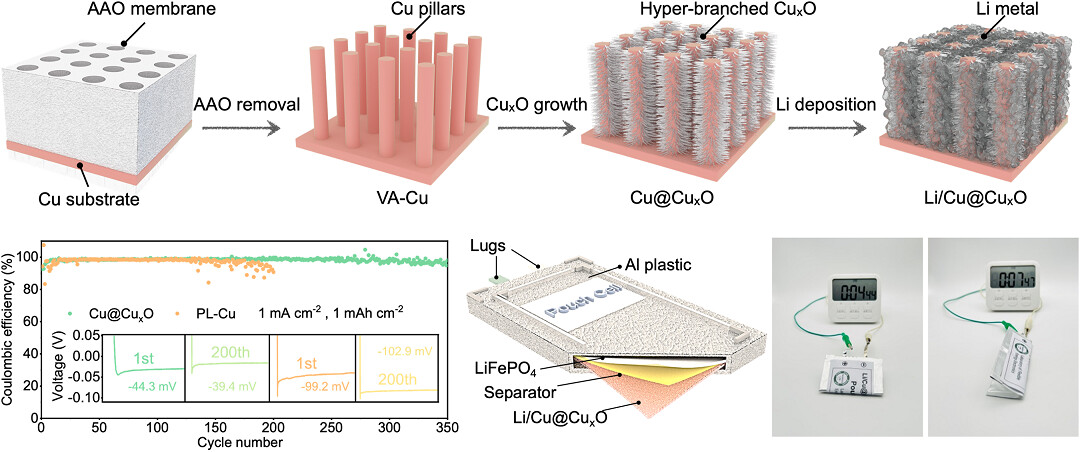
A vertically aligned Cu host with a lithiophilic hyperbranched CuxO modification is proposed. The lithiophilic Cu@CuxO nanostructure exhibits the synergistic effect of electrode structure design and interfacial chemistry modification to regulate the Li deposition/dissolution behavior, significantly improving the electrochemical performance of Li metal batteries.
Polyethylene glycol/polylactic acid block co-polymers as solid–solid phase change materials
- First Published: 15 February 2023
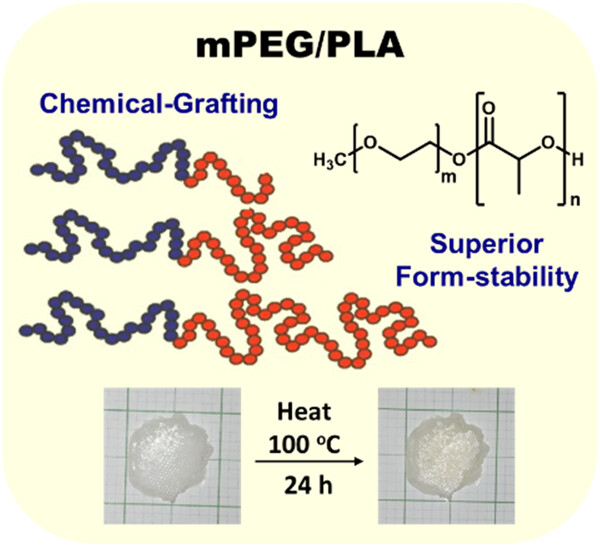
Chemical linking strategies are superior compared to physical mixing of phase change materials composites in maintaining form-stability. This study provides a comparison of chemically synthesized mPEG/PLA copolymer with physically mixed PEG:PLA composites, investigating mass loss and change in latent heat before and after leakage test, and their thermal and form-stability.
Single-precursor phase-controlled synthesis of copper selenide nanocrystals and their conversion to amorphous hollow nanostructures
- First Published: 03 March 2023
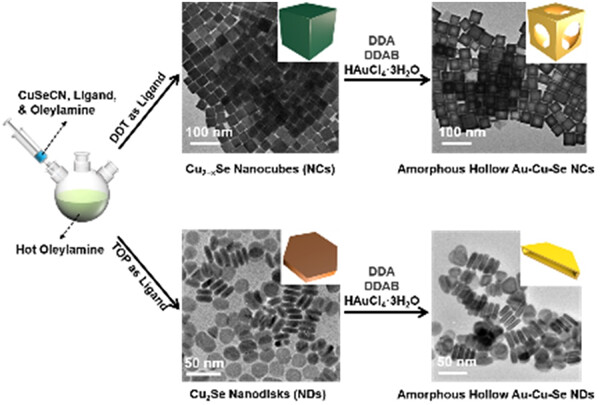
A facile single-precursor method is developed for the controlled synthesis of quasi-tetragonal phase Cu2−xSe nanocubes (NCs) and metastable wurtzite Cu2Se nanodisks (NDs) when 1-dodecanethiol (DDT) and trioctylphosphine (TOP) are used as the ligands, respectively. These nanocrystals are spontaneously conversed into unexpected amorphous hollow nanostructures by reaction with the Au(I) precursor solution.




